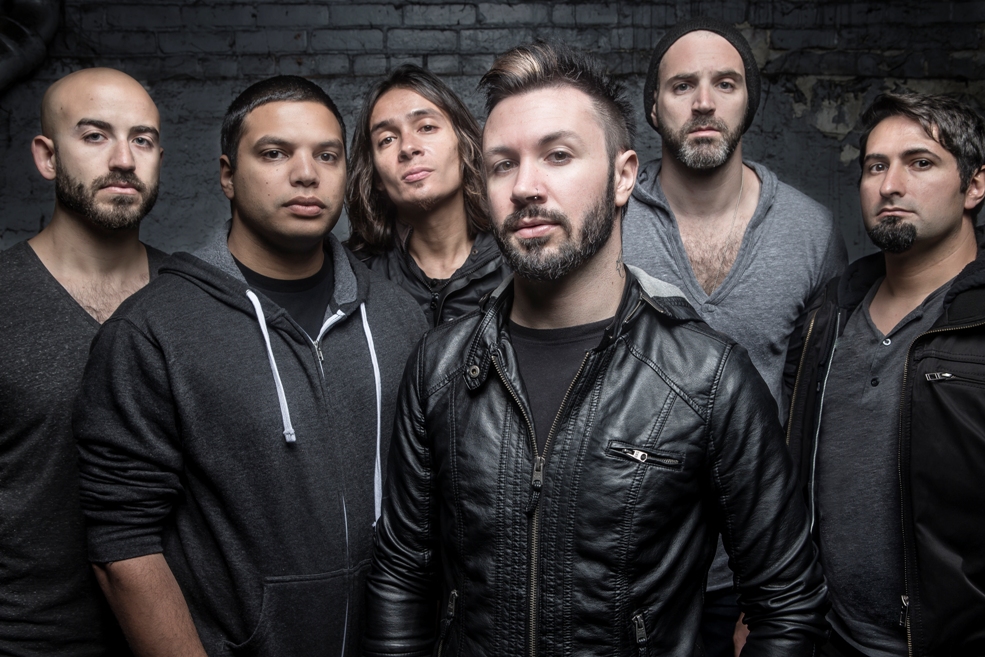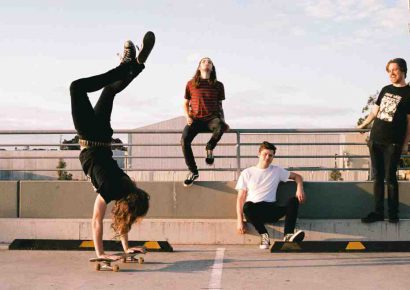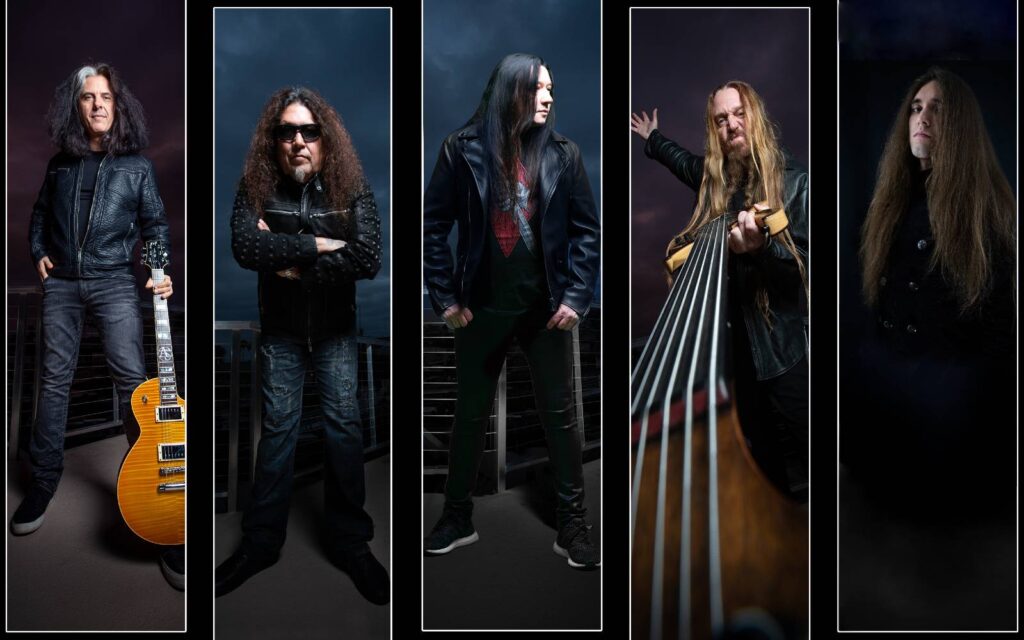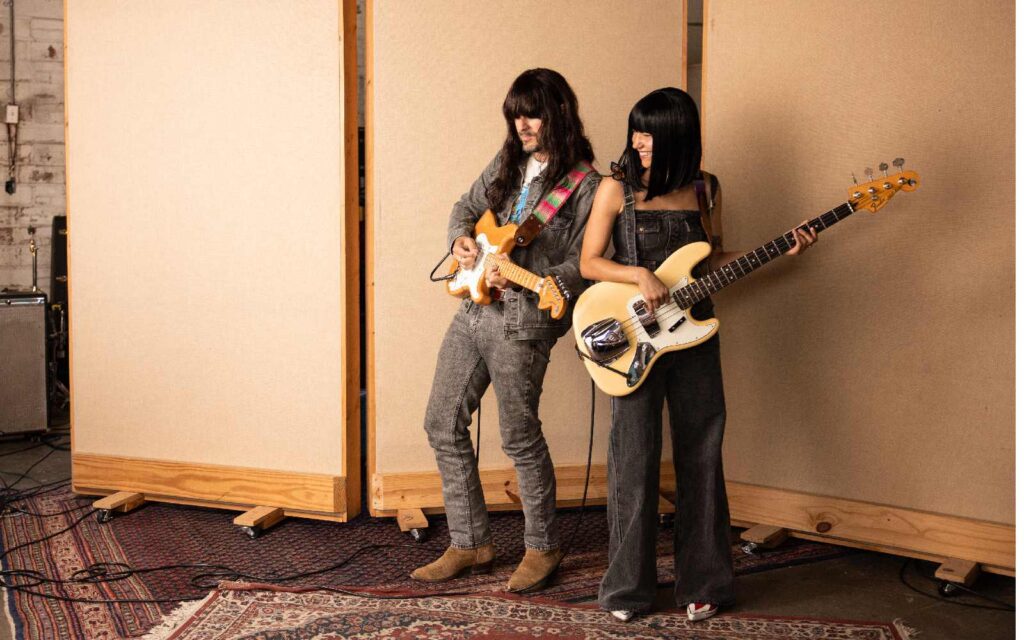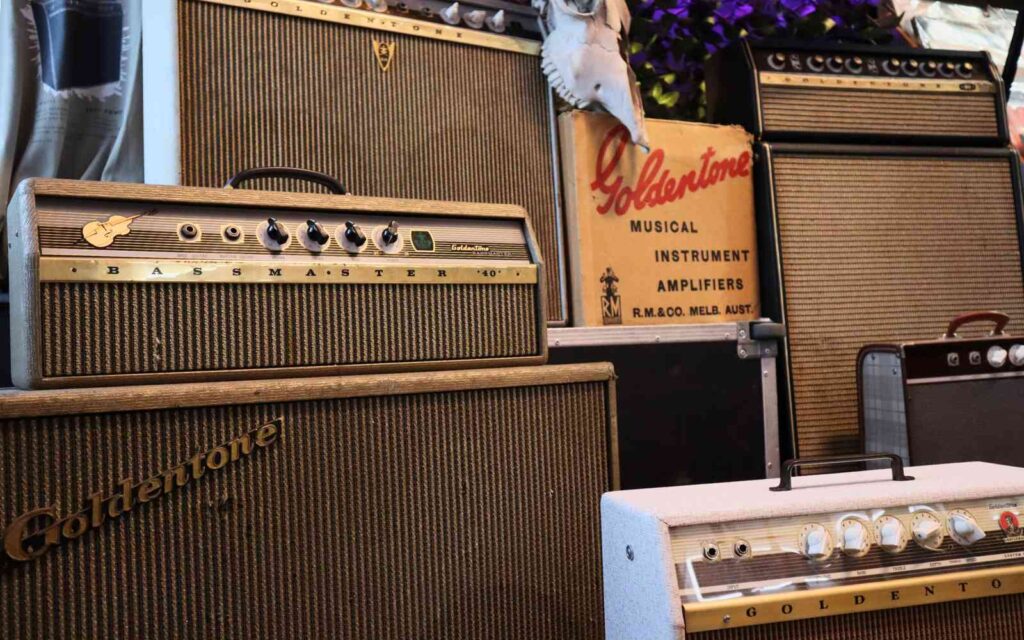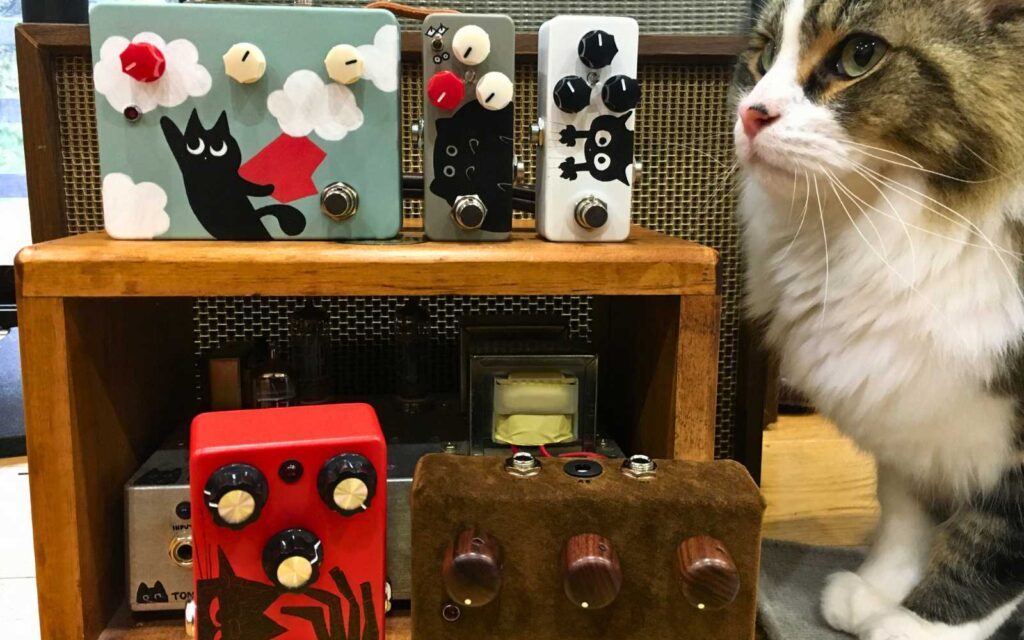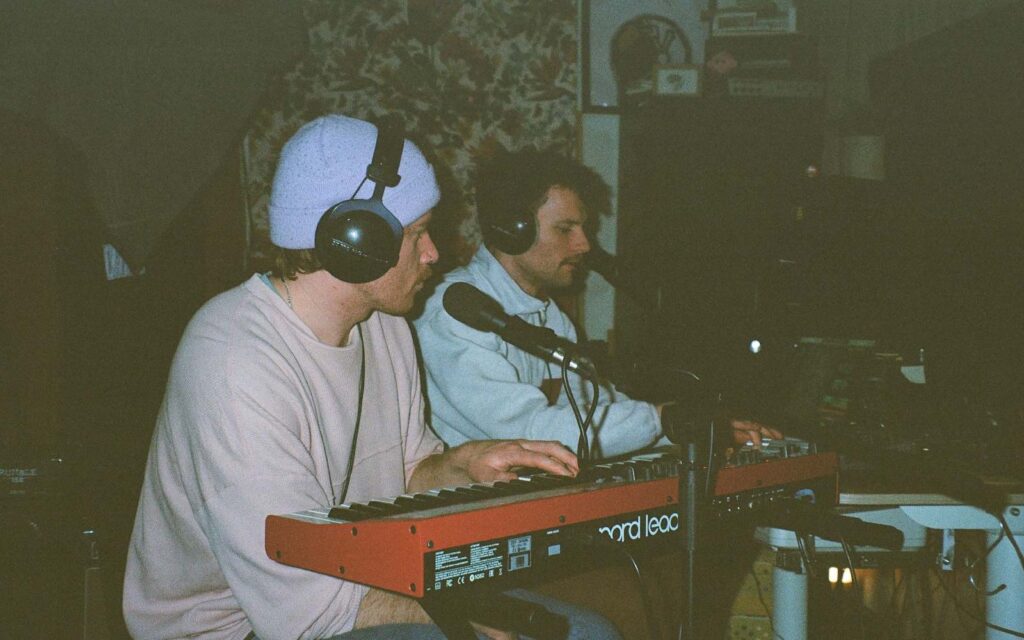Mansoor: For the time being, we’re keeping secrets. We didn’t want the narrative to be too on-the-nose. Everyone in the band wants to see what people will make of it and how they’ll interpret it, and then eventually we have a good idea for how to get the actual story out. [Vocalist] Spencer [Sotelo] took charge of the concept. The challenge was to get the music to fit the vibe of the story.”
Musically the tracks interlock in complex ways, with a melody or lyric from one track often reappearing in a totally different context elsewhere.
Mansoor: There are a bunch of themes and motifs that pop up over the albums. Some of them are overt, and some of them are a bit more subtle. All it’s just rewarding people for listening. That’s what I like.
So how did the project evolve?
Bowen: In the very beginning it was supposed to be an EP. Then the first album was going to be Juggernaut. But it just never worked out the way we thought it would because of the way our career went. It’s been a long time in the making and we didn’t use any of the old stuff that we intended for this album at all! It’s not that it was bad music. We just wanted to write stuff that was way more cohesive. The only way to do that is to start from scratch.
There are a few interludes of what you could call ‘Space Jazz,’ like at the end of “MK Ultra.” What’s going on there?
Holcomb: I’m super proud of that one. Me and Misha wrote that little interlude. I think we were working on the song “Heavy Heart” and I was jamming on some jazzy chords and he was like “Let’s mess with that!” Anyway, he was like “Let me try soloing to it,” and it was really cool. It sounds really old-timey. I love the Fallout video game series and I wanted it to sound like that video game, so we added a bunch of static on it and made it sound like it was coming out of a vintage ham radio.
Last year’s Clear EP gave fans a bit of a hint as to what the band was capable of when exploring their individual songwriting styles. Did that feed into the collaborative nature of Juggernaut?
Holcomb: This was the first album where we really collaborated this closely. There is a lot of yellow tape, and a lot of natural obstacles that face you when you talk about a collaborative environment. With this, where you have six very, very opinionated members, it’s a blessing, but you have to also be willing to work through it and deal with the negatives as best you can to realize there’s a better final product waiting at the end.
So what guitars did you use?
Bowen: I used my Ibanez JBM100 TITAN signature model and a new custom 7-string version with a 26.5” scale length. “Tuning to Drop Ab on a 25.5” scale is pushing it in terms of the feel and tone I want, so I needed something a little longer.
Holcomb: For most of my parts I used my PRS guitars, including an obsidian Custom 24 and a prototype with a 25.5” scale length, 20” fretboard radius and Seymour Duncan custom pickups.
Mansoor: I used a variety of Jackson Custom Shop guitars, as well as a Fender Stratocaster and Telecaster. We also used a pair of Mayones guitars with EverTune bridges make sure the intonation was consistent, because when you’re stacking so many guitars that becomes real important.
Holcomb: That thing was a life-saver! Those things are freaking magical pieces of technology!”
Mansoor: The guitar tones on the last album were the aspect I liked the least. This is why we wanted to do this album ourselves and have full control over everything. This album sounds the way I’ve always wanted our albums to sound.
